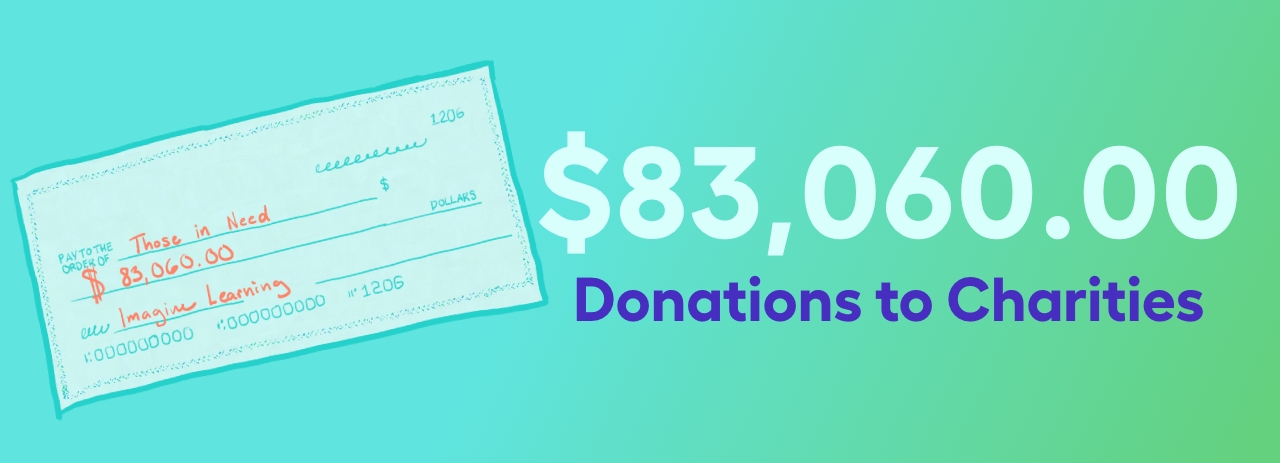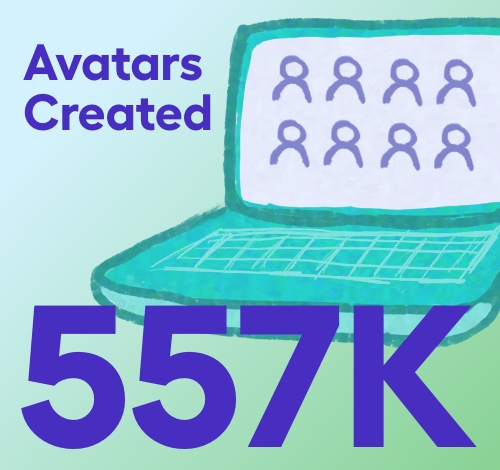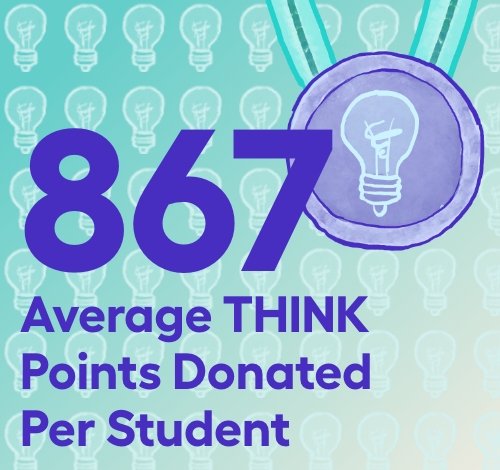May 21, 2024 9:04 am
Building Conceptual Understanding and Habits of Mind in Mathematics
Teachers spend a lot of their own time finding the right resources to connect with every student. We know it’s a time-consuming task, especially with everything else on their plates. High-quality instructional materials (HQIM) lighten the load, helping ensure consistent, engaging lessons while giving teachers back some much-needed time.
High-Quality Instructional Materials in Imagine IM
What Are HQIM?
As educators and districts recognize the critical role curriculum plays alongside effective teaching, the focus on HQIM has intensified nationally. A growing body of research points at one thing: instructional materials directly impact student outcomes (Kane et al., 2016). But the reality is, not all teachers have access to HQIM or the professional development and support to implement these resources effectively.
But what are HQIM? Generally, HQIM are recognized as materials that are aligned to state standards and include evidence-based strategies, inclusive practices, and embedded teacher support. And when it comes to nurturing positive math identities — the demand for engaging resources has never been higher.
The Impact of HQIM in Math
The truth is, math not only prepares students for future careers; it also enhances critical thinking and problem-solving skills essential for everyday life. Recent research shows significant shortcomings in math education, underscoring the urgent need for materials that address learning gaps and prepare students for the complexities of modern careers.
There’s no question that teachers’ expertise is crucial to boosting student outcomes, but mounting evidence shows that materials do matter, with EdReports revealing that only 41% of math materials fully meet standards. Fortunately, we can reverse this trend by giving teachers access to resources that exemplify the principles of HQIM in math.
How Does Imagine IM Meet Key HQIM Criteria?
Definitions of HQIM vary, but at their core they share vital components. At Imagine Learning, all of our core programs are designed to deliver key benchmarks for HQIM.
1. Standards-Aligned Content
There’s no doubt about it — standards-aligned materials give all students the opportunity to acquire the necessary skills to progress academically and move into future careers.
Math educators can enjoy peace of mind with Imagine IM, an enhanced IM v.360 program that’s fully aligned with Common Core and state math standards. Given that Illustrative Mathematics CEO and cofounder Bill McCallum was a lead writer of the Common Core State Standards, the curriculum’s adherence to these benchmarks is especially robust and well-founded.
2. Best-Practice Pedagogy
Research-based instruction helps teachers meet the diverse learning needs of their students. Whether through the use of manipulatives or real-world problem-solving, research-based strategies make math easier and improve performance.
That’s why Imagine IM has a problem-based instructional framework that helps structure lessons so students are the ones engaging in mathematics. Activities and routines give teachers opportunities to see what students already know, what they can notice, and what they can figure out before they have concepts and procedures explained to them.
To support student understanding, Imagine IM integrates three key aspects of mathematical rigor: conceptual understanding, procedural fluency, and the application of these skills to solve mathematical problems. The result? Students emerge more confident, ready to tackle complex challenges.
3. Equity and Inclusion
In a time when math proficiency is declining, it’s vital that we give every student an equal shot at success. Imagine IM is designed with three key principles in mind to support all learners:
- Providing access for everyone
- Presuming competence
- Providing a strength-based approach
The program emphasizes endurance and perseverance through carefully crafted structures that address the complexity of contexts, numbers, and computations, accommodating different levels of understanding in complex mathematical contexts. Comprehensive supports for multilingual learners ensures all materials are inclusive and unbiased, representing a wide range of cultural identities.
4. Teacher and Student Experience
Imagine IM provides an unparalleled IM v.360 resource for both teachers and students, offering enhanced materials designed to support educators in planning and conducting lessons across diverse instructional settings. With a premium classroom solution tailored specifically to their needs, teachers can refine their skills as facilitators with high-quality, point-of-use supports that streamline their workflow and offer valuable implementation guidance. Exclusive print versions of Teacher Guides and Student Workbooks are seamlessly integrated with digital components, ensuring the integrity of Illustrative Mathematics content in any classroom model.
The curriculum’s instructional routines establish frameworks that enable all students to actively participate in mathematical discussions, fostering fluency in digital tools, problem-solving abilities, and effective communication of reasoning. Through rigorous problem-based design and engaging resources, Imagine IM cultivates a supportive community where students of all backgrounds can build confidence and acquire skills applicable throughout their academic journey, careers, and beyond.
5. Measuring Student Learning
Imagine IM offers opportunities for both formative and summative assessment that empower teachers to measure student understanding and progress toward learning goals.
Teachers are equipped to monitor student progress through digital task statements, section checkpoints, and cool-downs. These provide real-time feedback and data to inform instructional decisions.
Digital assessments allow students to access, record, and submit their questions and answers for a variety of technology-enhanced item types including multiple choice, multiple select, drag-and-drop, cloze, graphing, labeling, constructed response, short essay, and drawing types.
6. Professional Learning
Simply selecting HQIM isn’t enough. Teachers need robust professional learning to support their use in the classroom — that’s why professional learning is a crucial pillar of HQIM.
Imagine IM does more than just introduce educators to the curriculum — it equips them with the tools for implementation success. Virtual and in-person professional learning options meet diverse needs, while the digital platform offers ongoing self-directed professional development, plus insightful narrative and lesson example videos.
- Year one: Focus on building teachers’ understanding of problem-based math instruction, helping them master both print and digital resources and establishing effective classroom routines.
- Year two: Training emphasizes capacity building and specialization, enabling teachers to fully leverage specialized features and refine their instructional strategies.
- Year three and onwards: The focus shifts to sustaining and enriching these practices, ensuring continued engagement and effectiveness.







